These Former Major League Baseball Players Haven’t Played In Years But Still Make More Money Than Many Active Players
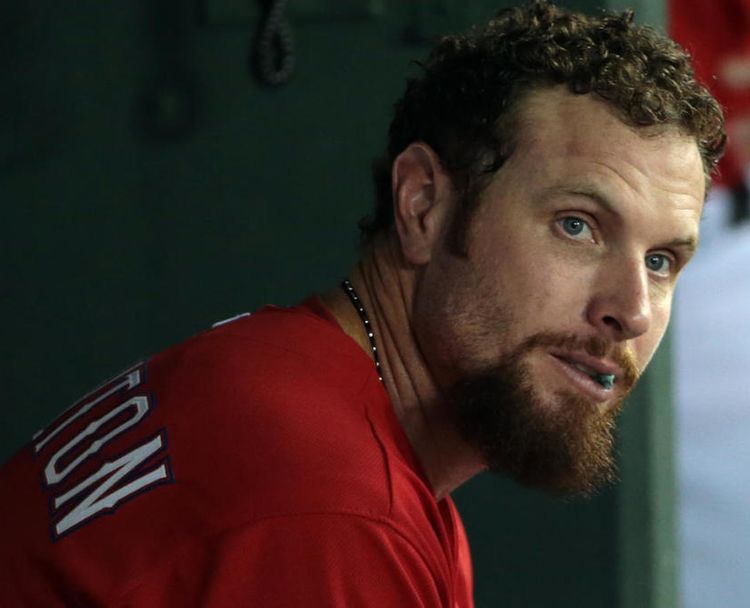
Major League Baseball contracts are oftentimes confusing. There are guaranteed contracts, non-guaranteed contracts, and split contracts, as well as performance bonuses for achieving certain stats plateaus. Arguably the most peculiar agreements however, are what are known as deferred contracts. For various reasons that are oftentimes favorable to the organization, a player signs and gets paid a substantial amount of the money owed to him well after his contract has ended.
From the player’s perspective, he gets guaranteed income well after his playing days are over, thus ensuring his future even if he makes poor financial decisions during his playing days. And from the team’s perspective, they get present-day flexibility to build a winner on the field. Sounds like a win-win, right? Well, while some of these deferred contracts have benefitted both the team and the player, other times, it’s clear that one side got the short end of the stick…
Bobby Bonilla Day
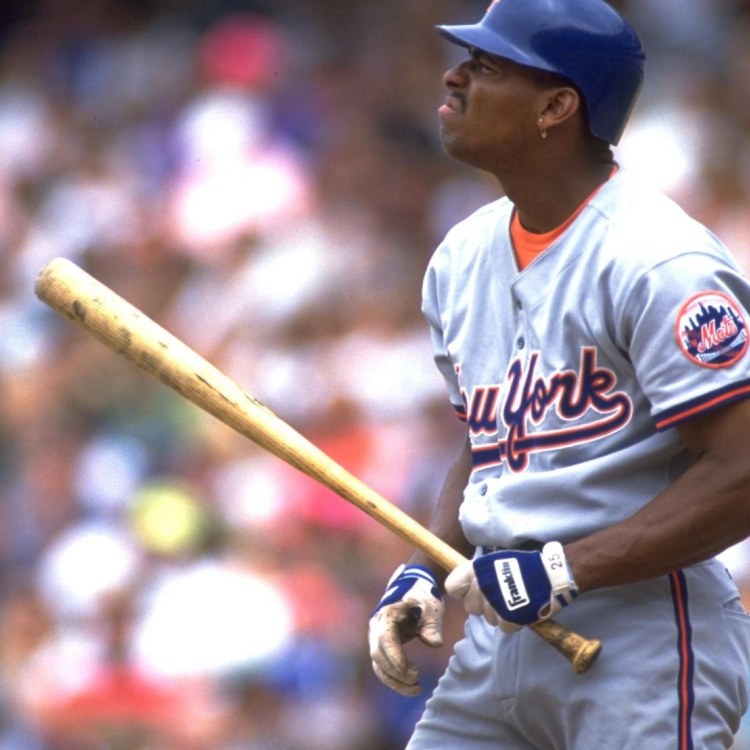
July 1st is unofficially known as “Bobby Bonilla Day” by sports fans. Bonilla’s contract stands out as the most lopsided deferred contract in the history of sports. Every July 1st from 2011 through 2035, he collects $1,193,248.20 from the New York Mets.
Oddly enough, Bonilla hasn’t played for the Mets since 1999. In fact, he last played professionally in 2001, yet he’s still getting paid more annually than a lot of players breaking into the big leagues today.
Why The Mets Chose To Pay Bonilla 5X More Than He Was Owed
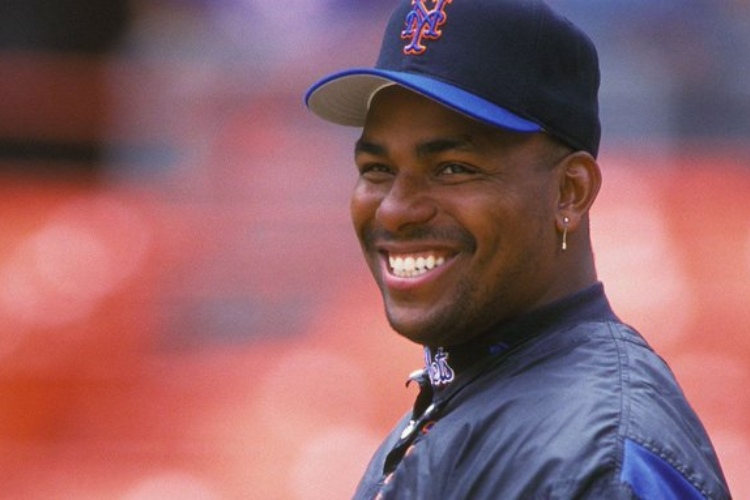
In 2000, the Mets decided to buy out the remaining $5.9 million on Bonilla’s contract. However, instead of paying him that amount up front, the team agreed to make annual payments of nearly $1.2 million for 25 years starting July 1, 2011, including a negotiated 8% interest.
That doesn’t make sense when you just compare the numbers. However, the Mets thought they would make back that money, and more, over time thanks to none other than… Bernie Madoff.
Bernie Madoff’s Involvement
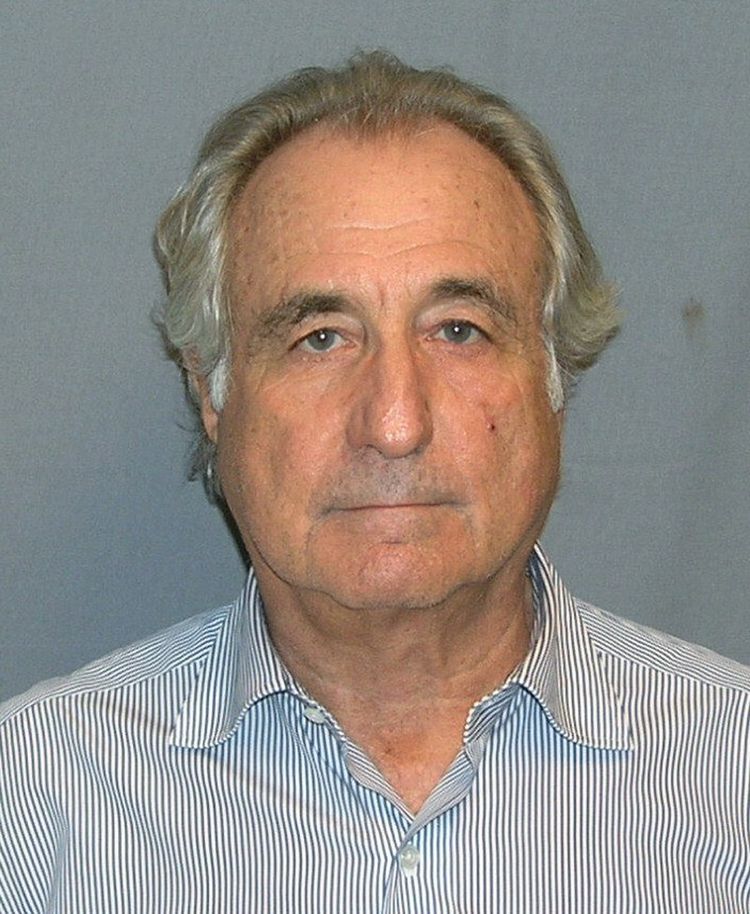
Why would a team agree to pay $30 million over time, as opposed to $5.9 million upfront? The Mets used some of the money to sign another big-name player at the time, but that wasn’t the biggest motivation.
Mets ownership was actually invested in a Bernie Madoff account that promised double-digit returns, and the team was poised to make a huge profit on the $5.9 million investment in the fund, if the account delivered. As we all know now, that didn’t happen, and Bernie Madoff is spending the rest of his life in prison for pulling off this massive Ponzi scheme.
Who Else Pulled Off A Deal Like This?

There have been dozens of deferred contracts in major league baseball, and other major sports for that matter, over the years. Some are for big names that almost everybody has heard of. Others are only known by true fans. Regardless, not a lot of fans know the details of these contracts, or how they worked out for the parties involved.
These are the players from the past and present who had their futures in mind when signing these unique contracts, as well as current players who have a connection to Bobby Bonilla, whether they know it or not…
Bobby Bonilla
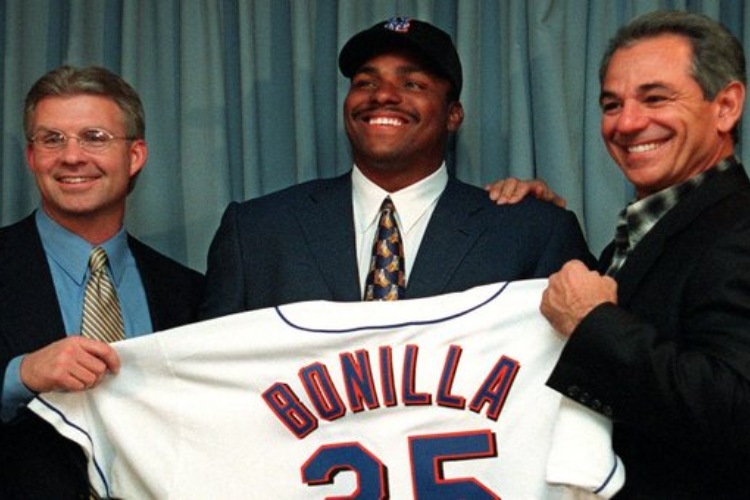
Of course, we have to start this list with Bobby Bonilla Himself. Not only does Bonilla have the most famous deferred contract, but he also has a second deferred contract that pays him even more. This other one with the Mets and Orioles pays him $500,000 per year for 25 years, starting in 2004.
All in all, he collects over $1.5 million annually between his two deferred contracts and doesn’t have to lift a finger. What a life for the face of deferred contracts.
Bret Saberhagen
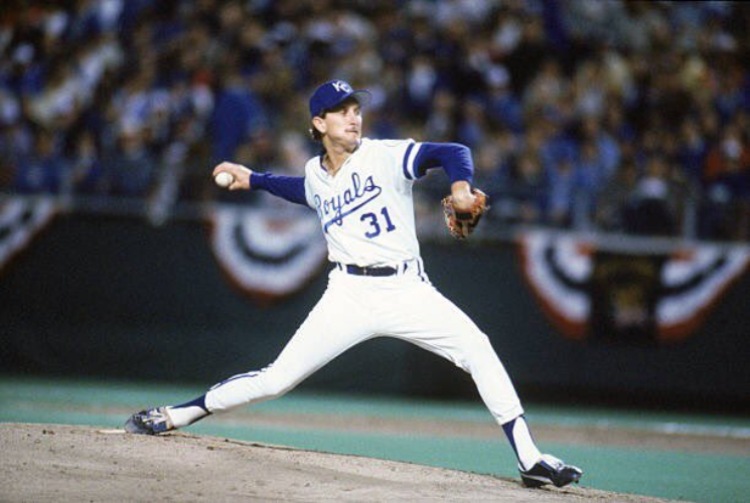
While Bonilla is the more famous long-term Mets salary obligation, pitcher Bret Saberhagen was the original and the inspiration for Bonilla’s contract. When Saberhagen negotiated a contract extension in 1993, he insisted on a signing bonus of $2.5 million and also payments of $250,000 per year for 25 years. The payments are from 2004 through 2028, when Saberhagen will be 63 years old.
Considering he only won 21 games during the term of his contract, this deal definitely favored Saberhagen. It was hardly his fault, as he put together relatively good numbers. Regardless, the Mets got the short end of the stick yet again.
Max Scherzer
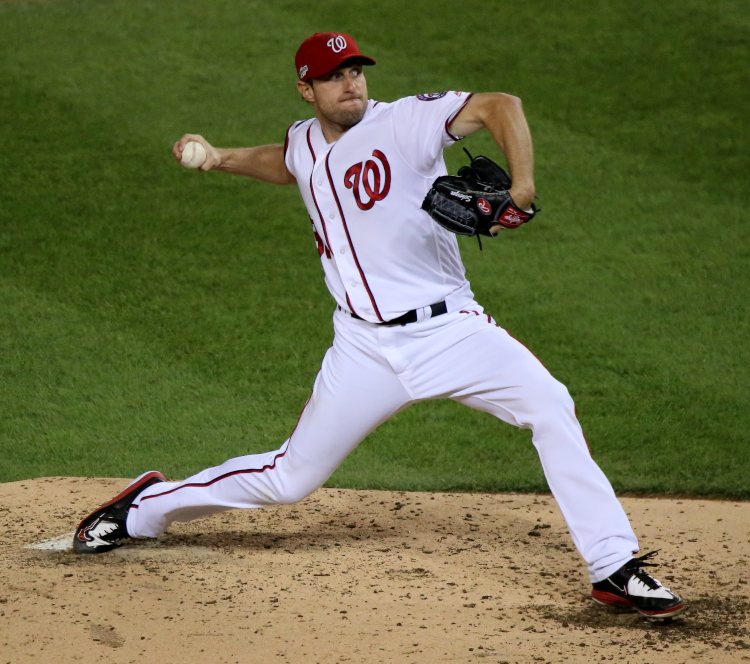
The Nationals are deferring the salaries of multiple players, with Scherzer’s 7-year, $210 million deal he signed in 2015 being one of them. The salaries from 2019-2021 were deferred, splitting his $105 million into seven $15 million installments to be paid from 2022-2028.
This deal actually turned out to benefit both parties, as Scherzer won two Cy Young’s and a World Series. He also finished 2nd, 3rd and 5th, respectively, in Cy Young voting in the other three years. He continues to pitch at a high level this season.
Manny Ramirez
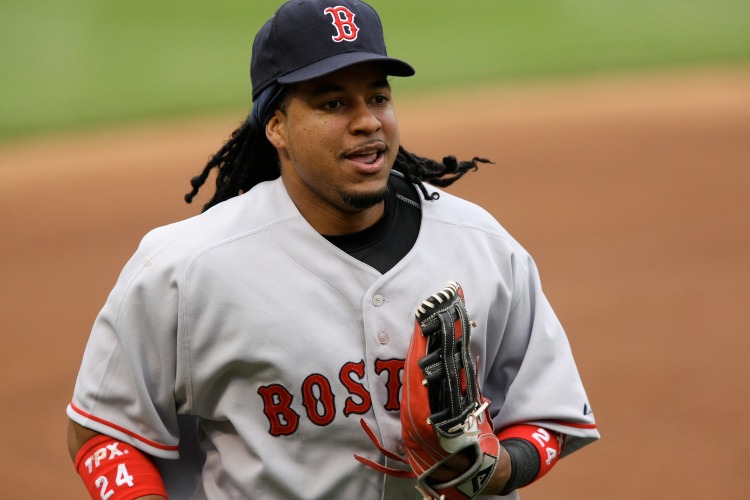
The Red Sox will be paying Ramirez until he’s 54 years old, thanks to $32 million in deferred money over 16 years. They started paying $2 million per year in 2011 and will do so until 2026, 18 years after Ramirez was traded to the Dodgers, who also paid him long after he was released in 2010.
Ramirez collected $3.3 million in 2011 and 2012, plus $8.3 million in 2013. He made over $10 million in salary two years after his career had officially ended, which is a lot more than most players make in their entire careers.
Ichiro Suzuki
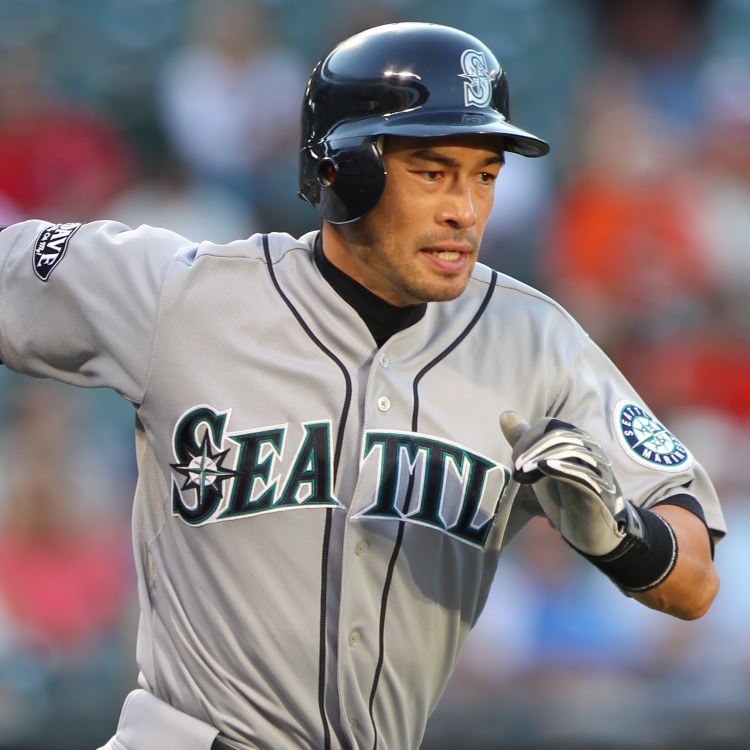
Ichiro deferred $7 million from his original contract with the Mariners and $5 million per year from his 2008-2012 contract, at 5.5% interest, until 2020. The second contract was also with the Mariners.
As one of the best contact hitters in baseball history, the Japanese star continued to play in the big leagues until his mid-40’s and was twice as old as some of his teammates at the end. Even though he’s finally retired, Ichiro is currently the Mariners’ highest-paid outfielder and will receive the fourth-highest salary on the team this year. He’ll be paid through 2032.
Ken Griffey, Jr.
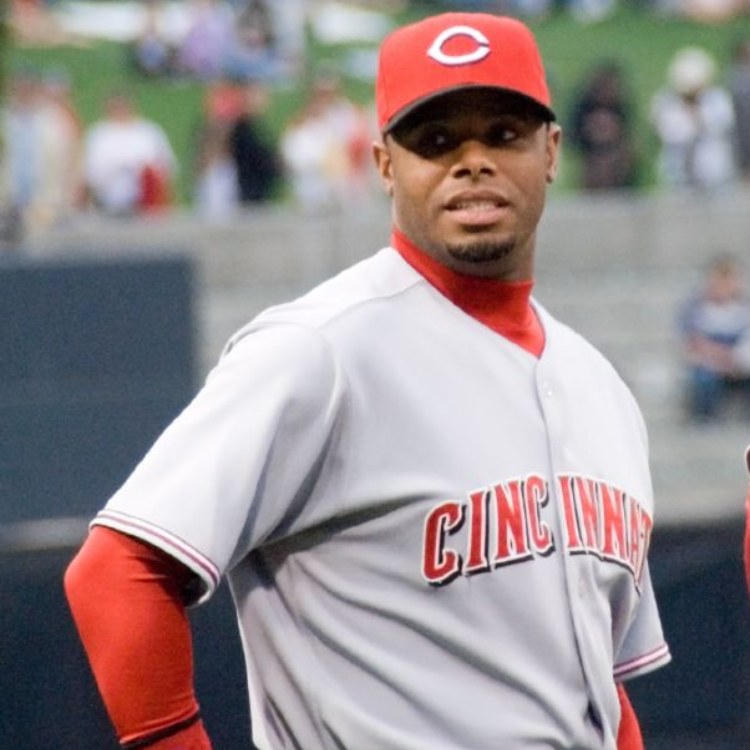
Being from Cincinnati, Griffey really wanted to play for his hometown Reds- so much so that he took less money than the Mariners offered, and deferred $12 million until after his nine-year deal ended. Since 2009, he’s making over $3 million per year through 2024.
The Hall of Famer hasn’t played professionally since 2010, yet is still cashing checks from the Reds. He even left them for a Seattle reunion to end his career. It never really worked out for the Reds during the Griffey tenure, as they only had a winning record once.
Chris Davis
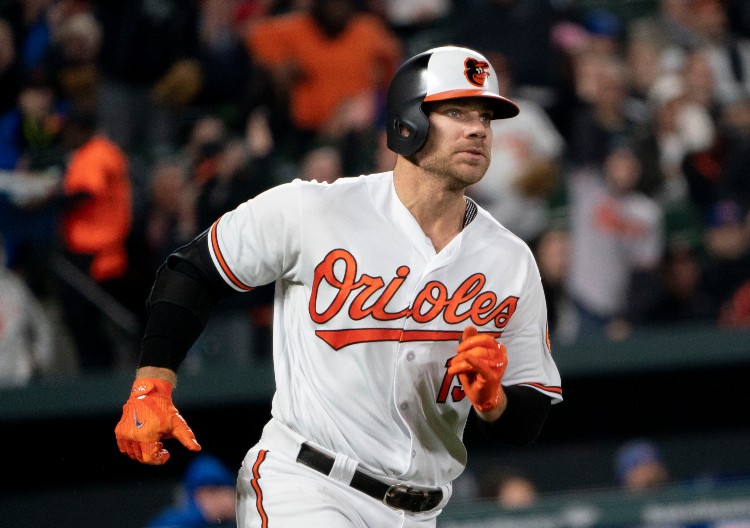
When the Orioles gave Davis a seven-year contract for $161 million in 2016, they deferred $42 million over 15 years. This means Davis will be getting checks until he’s over 50 years old. Unfortunately for the Orioles, he almost immediately forgot how to hit, batting .168 and .179 over the last two seasons.
He’s now owed more than $54 million through 2022, $3.5 million from 2023-2032 and finally $1.4 million annually from 2033-2037. 2020 wasn’t any kinder to Davis. He has missed a good chunk of the year due to injury. When he’s healthy, he’s platooning and still playing just as terribly, if not worse, than the last few seasons.
Alex Cobb
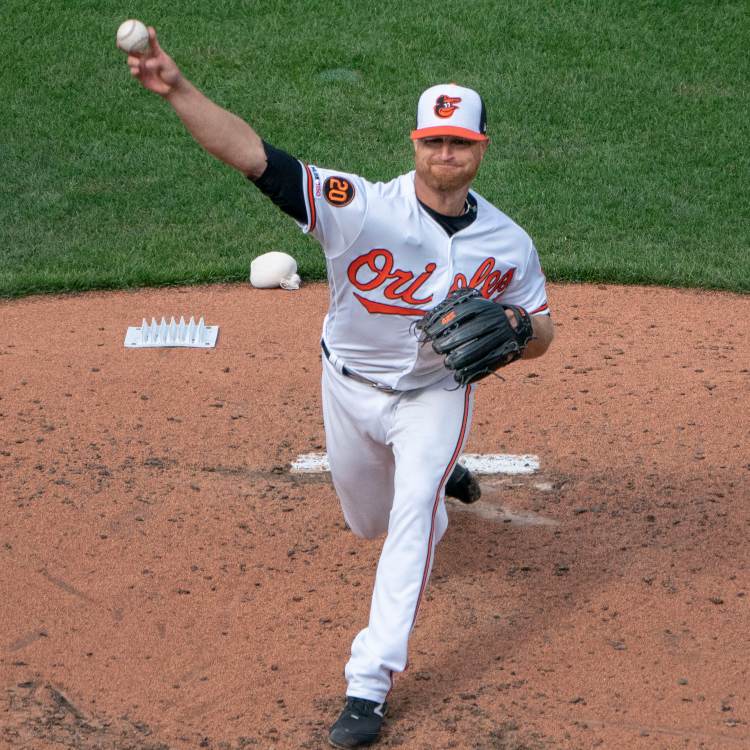
Another deferred contract for the Orioles. Cobb deferred $20 million from his four-year, $57 million deal, and he’ll be getting $1.8 million annually from 2023-2032. Since he’s unlikely to pitch 130 innings in 2020, he’ll also have an additional $5.5 million deferred until 2033-2035.
2020 started off very well for Cobb, but went off the rails quick. He had an ERA of under 3.00 through his first four starts. Now it’s up past 5.00 with an injury stint along the way.
Johan Santana
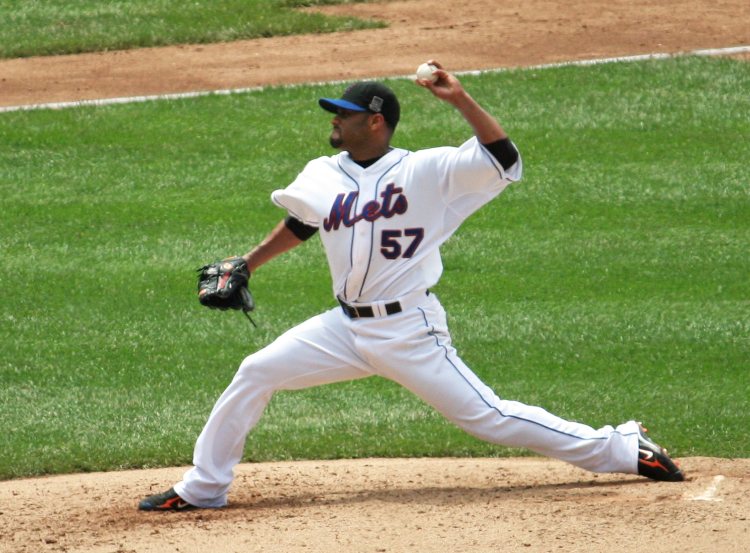
In 2012, when Santana pitched the first no-hitter in Mets history, it also may have ended his career. After missing the 2011 season, he threw 134 pitches in the no-hitter. Thereafter, he had an 8.27 ERA in the last 10 starts of that season, which also happened to be the end of his career.
The Mets paid him $37.3 million after the injury, including a buyout, but the team also owed him $5 million, at 1.25% compound interest, seven years after each year of the deal. Another long deal for the Mets, but at least this one ends in 2020.
Alex Rodriguez
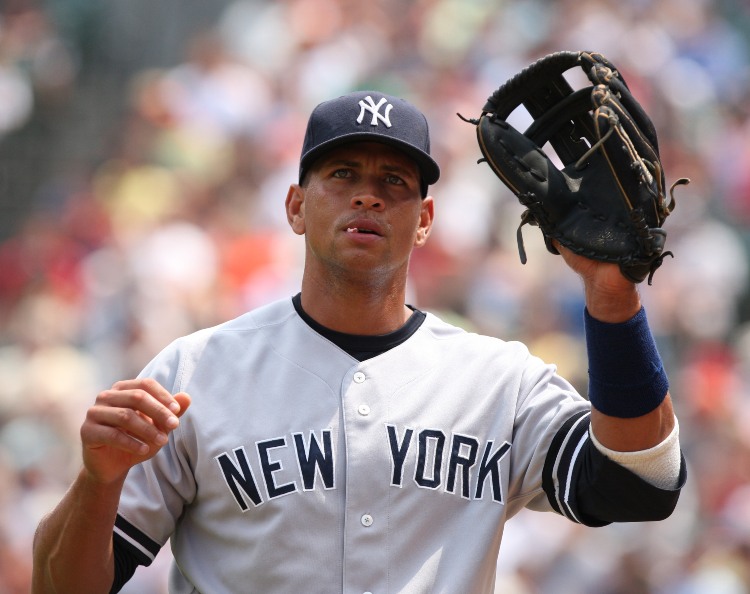
Rodriguez deferred $45 million until 2011-2020 at 3% annual interest when he signed his monster deal with the Rangers in 2001. He also let Texas split his $10 million signing bonus into $2 million per year increments. However, that was deferred again after his trade to the Yankees, so he got that with interest from 2016-2025.
It’s not as if he needs this money, though. A-Rod is on multiple sports shows and broadcasts, not to mention he’s dating somebody by the name of Jennifer Lopez, who he said he wanted to date decades ago and then made it happen.
Todd Helton
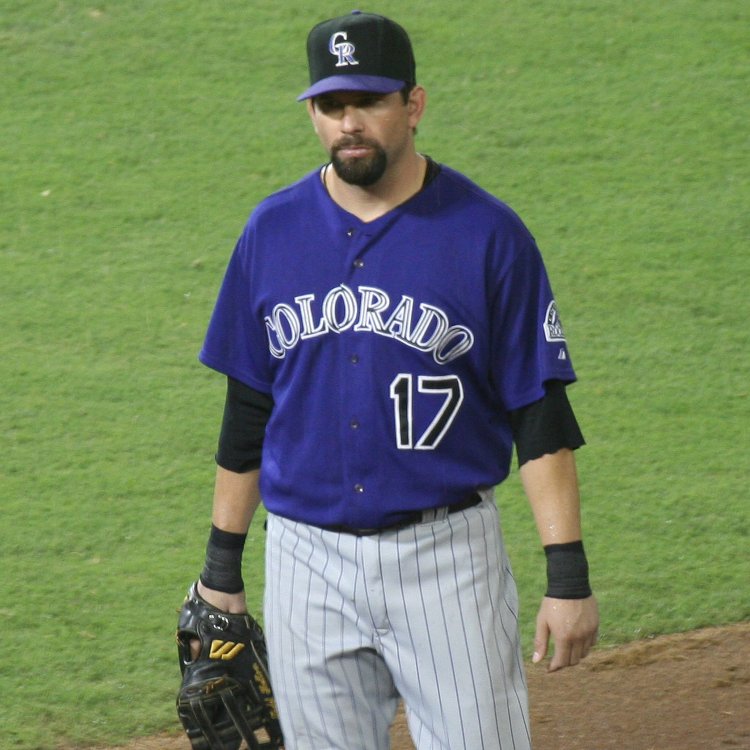
A Colorado legend, Helton was one of the best pure hitters of his generation. He consistently hit above .300 while still hitting for power year after year. The Rockie-for-life was rewarded a mega contract for his efforts midway through his career.
As Helton aged, the Rockies decided to rework the last two years of his contract, giving him $9.9 million for two seasons, while he deferred $13.1 million over 10 years. He hasn’t played since 2013, yet is getting $1.31 million per year until 2023, plus 3% annual interest.
Darryl Strawberry
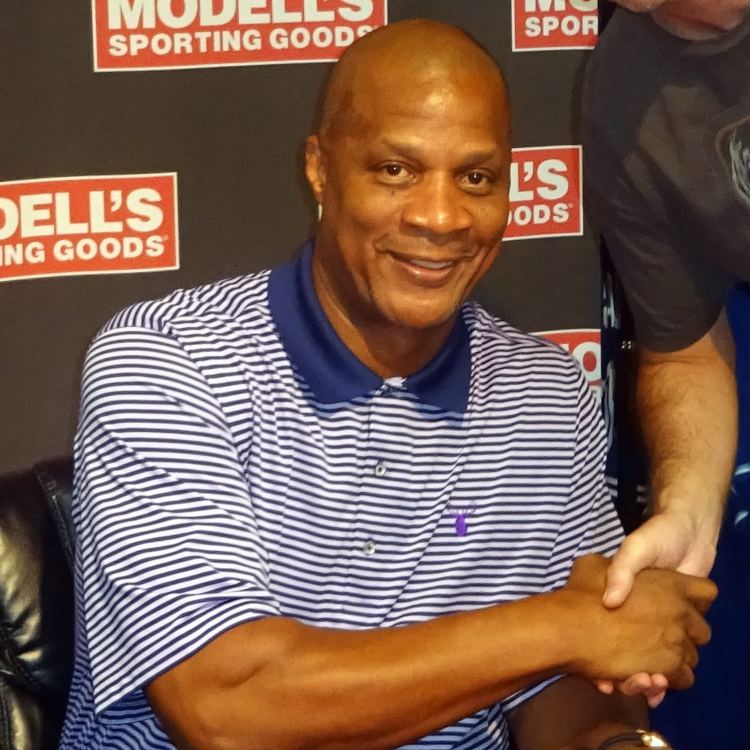
The Mets’ first of many salary deferrals came in 1985, when they deferred 40% of Strawberry’s 1990 salary for a retirement annuity with a 5.1% interest rate. The original $700,000 turned into $1.64 million, paid from 2004-2033.
Once one of the brightest stars in the game, Strawberry struggled with personal issues, and he eventually dropped out of the league. Unfortunately, his problems were far from over. The annuity was seized by the IRS in 2014 due to tax problems.
gckgc
Jacob deGrom

More recently, the Mets signed deGrom to a five-year extension in 2019 and deferred $52.5 million until 2035-2039. Also, the current prorated 60-game season makes the deferral look even smarter for deGrom, because the 2020 money he gets when he’s 51 years old won’t be prorated.
This is a contract that seems to be working for both parties so far, as deGrom won his second straight Cy Young in 2019. He continues to deal in 2020, potentially setting himself up for a three-peat.
Matt Holliday
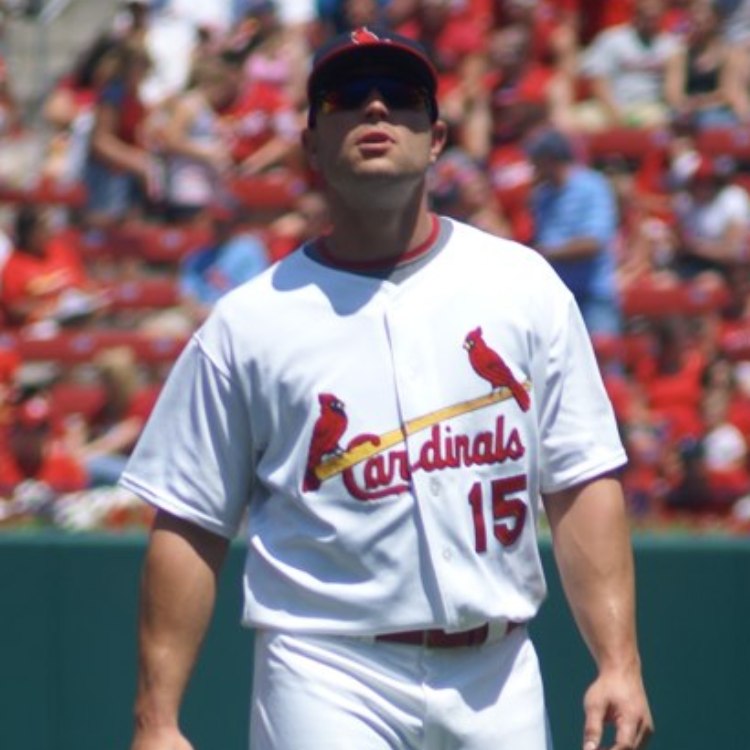
The Cardinals had traded for Holliday from the money-ball Athletics near the trade deadline in 2009. He went on to hit over .350 for the rest of that season. He then re-signed a huge contract after that season to remain with the team.
The deal was for seven years and $120 million, with $2 million of that deferred per year without interest. As of 2020, he’s getting $1.4 million every year through 2029, which will be 13 years after he played his last game for the Cardinals.
Bruce Sutter
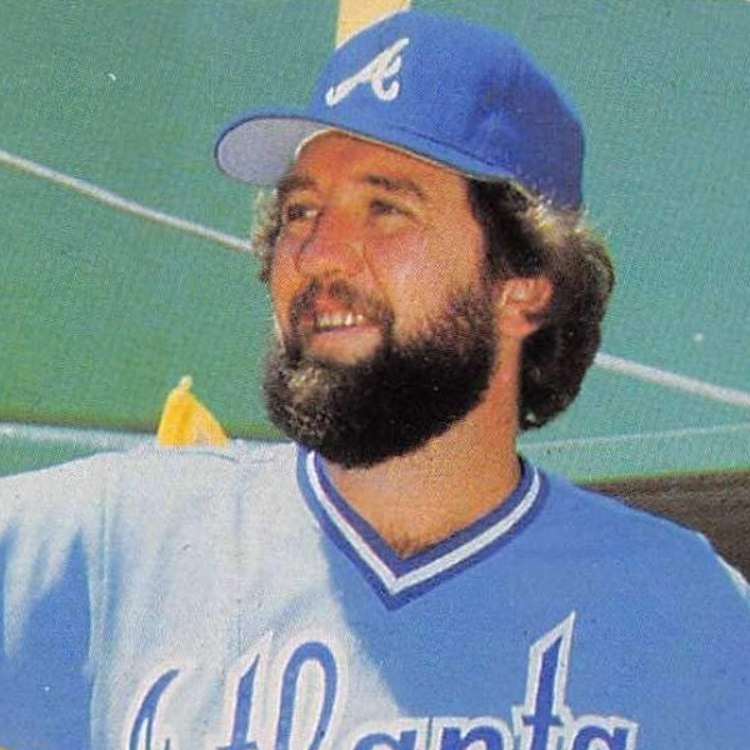
Sutter signed a six year contract for $9.1 million with the Braves before the 1985 season. Each year, his “salary” of $750,000 was actually only an interest payment of roughly 8% on the money, which means he still got paid in 1989 and 1990 despite retiring. Then, for 30 years, he gets $1.12 million every year. In 2022, when Sutter is 69 years old, the Braves owe him a balloon payment of that $9.1 million.
All in all, it’s over $47 million owed to Sutter. That’s a lot of money for a guy who only converted 40 saves on a team that averaged 96 losses per season. The Braves definitely didn’t get the return on investment they hoped for.
Stephen Strasburg
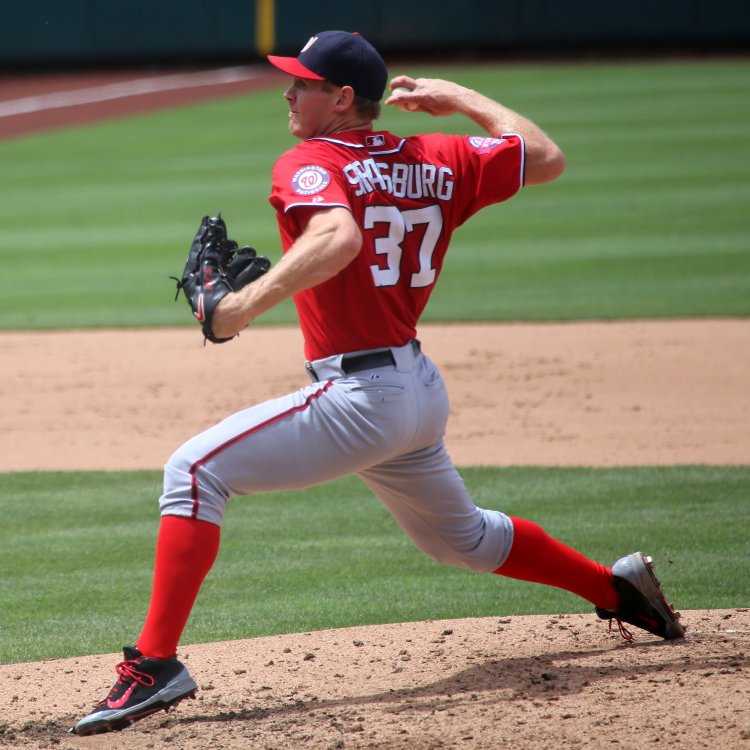
Similar to Scherzer, his teammate Strasburg also has a deferred payment contract. He is deferring $11.4 million of his annual $35 million salary at 1% interest from 2027-2029, meaning the Nationals will pay the Scherzer-Strasburg duo over $42 million to not pitch in 2027 and 2028.
Strasburg has always been injury-prone. The World Series MVP from last season once again found himself hurt at the start of this year. While there was hope he could return at first after rest and rehab, he has since been shut down.
Chris Sale
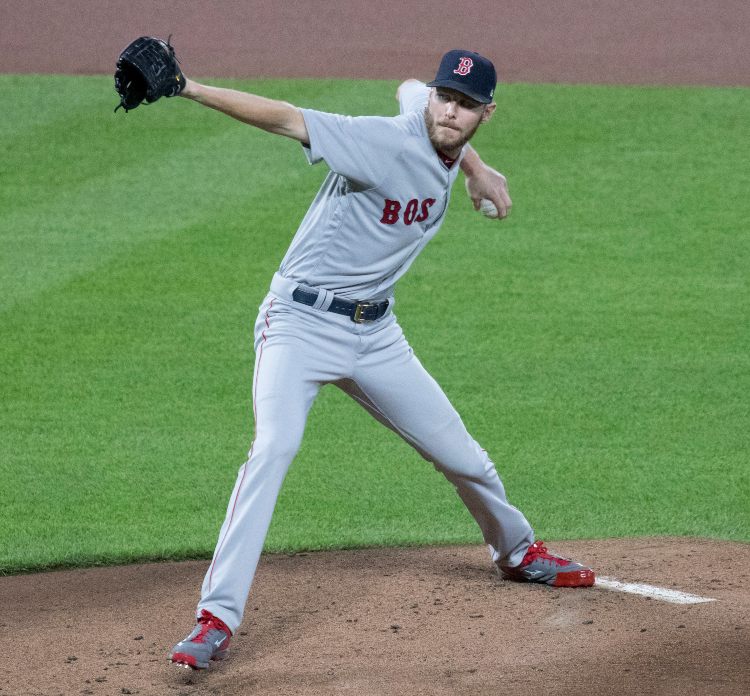
In 2019, the Red Sox handed Sale a huge extension worth $145 million over five years. Considering he’s out recovering from Tommy John surgery for this year and part of 2021, the deal would hurt more for Boston if Sale hadn’t deferred $50 million. He gets $10 million 15 years after it was earned, from 2035-2039.
His contract led to luxury tax concerns that influenced Boston’s trade of David Price and Mookie Betts, but some of that money will be haunting the team financially until Sale is 50 years old. He didn’t pitch in the 2020 season. Sale, and everyone within or rooting for the Red Sox organization, can only hope he returns to form and is the dominant, work horse ace he has been for much of his career.
Andruw Jones
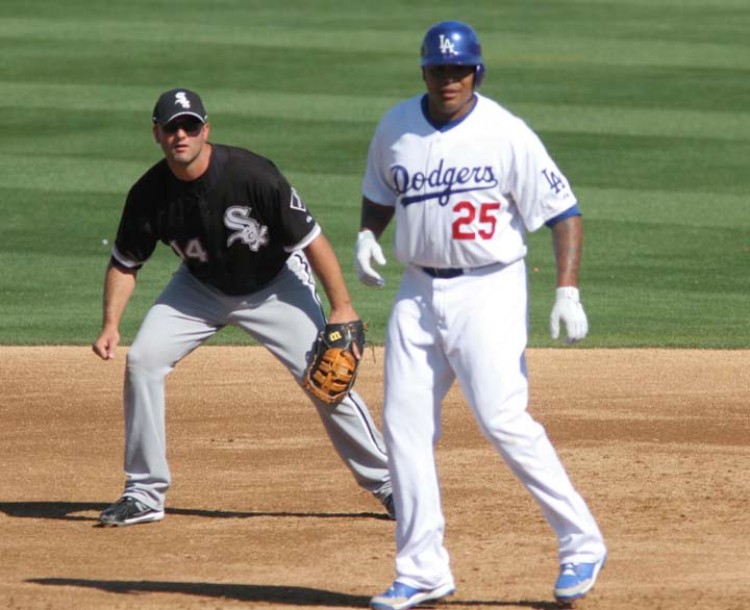
Jones made several all-star games for both his offense and defense while with the Braves. He also received multiple gold gloves and even a Silver Slugger award during his tenure. However, after more than a decade with the team, he decided to head west.
The Dodgers gave Jones $9 million to sign and $12 million to play in 2008, when he showed up out of shape, then tore his meniscus and hit only .158 in just 75 games. They released him after that terrible season, but had to pay him $3.2 million each year through 2014.
Rafael Soriano
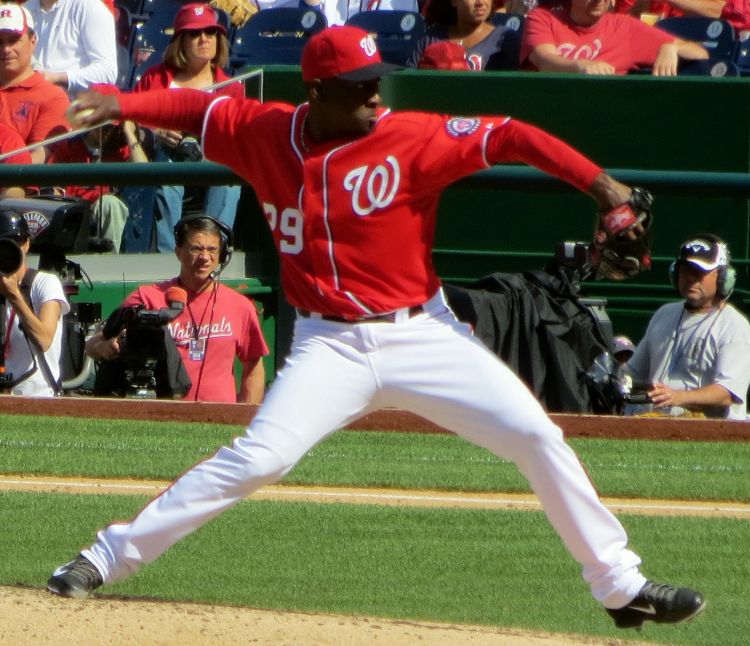
Soriano signed with the Nationals for two years and $28 million, but half of the money was paid out in $2 million increments from 2018-2024. It would have been $3 million per year, but despite racking up saves, Soriano fell just short of a contract threshold to automatically vest his 2015 option.
Thereafter, he pitched a few games for the Cubs the next season. That was the last time he pitched in the majors, yet he’s still getting paid like he’s playing thanks to his contract.
Albert Pujols
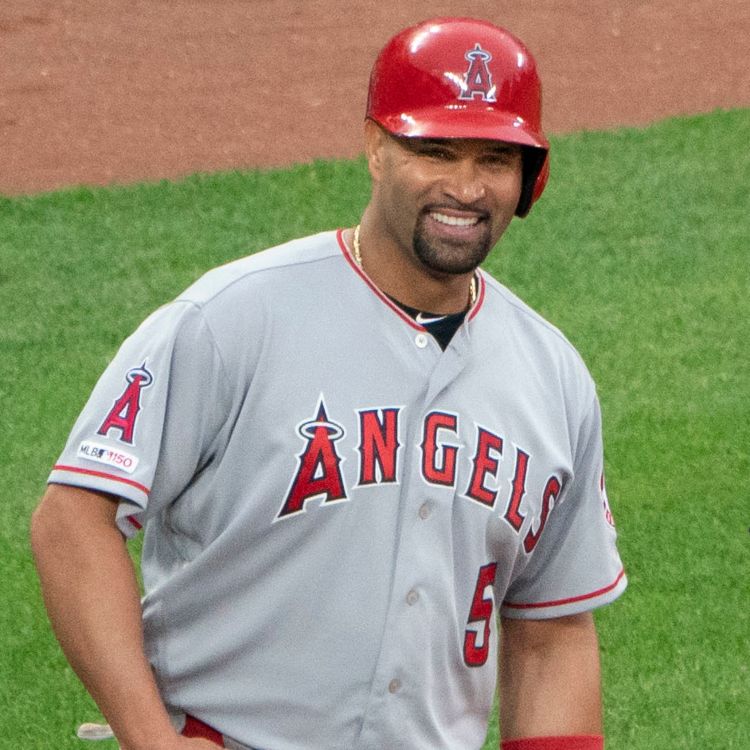
When Pujols left the Cardinals for the Angels, part of the deal was a ten-year, $10 million personal services contract with the team that kicks in after his retirement or the expiration of his deal, whichever comes first. Starting his career in 2001, he was certainly on pace for breaking records before injuries slowed him down.
Once the most feared hitter in major league baseball, Pujols has seen his stat lines and playing time start to decrease as he has aged. Even though he has struggled, it’s highly doubtful he’ll walk away from the $30 million owed to him. In fact, in March of 2022, the Cardinals resigned Pujols to a one-year deal before he hangs it up for good.
Ryan Zimmerman
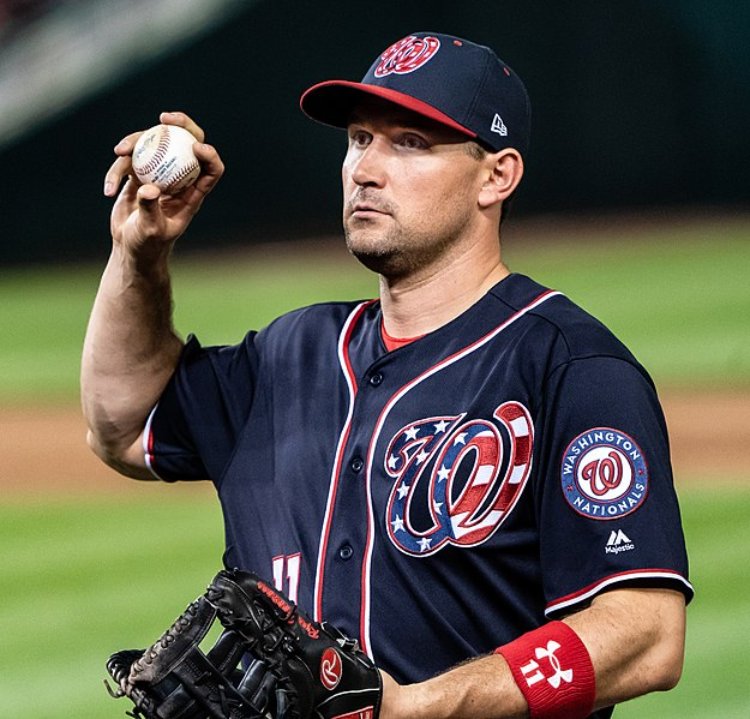
Zimmerman is yet another player locked into a deferred deal with the Nationals, although his deal is unique compared to his other teammates. He has a $10 million personal services contract that will pay out over five years after retirement.
While he ultimately decided to opt out of the 2020 season due to the pandemic, Zimmerman did come back for the 2021 season. He didn’t want his potential final season to be cut short and overshadowed by the shortened season. He hung it up for good at the end of 2021, with the Nationals retiring his number as well.
Ryan Braun
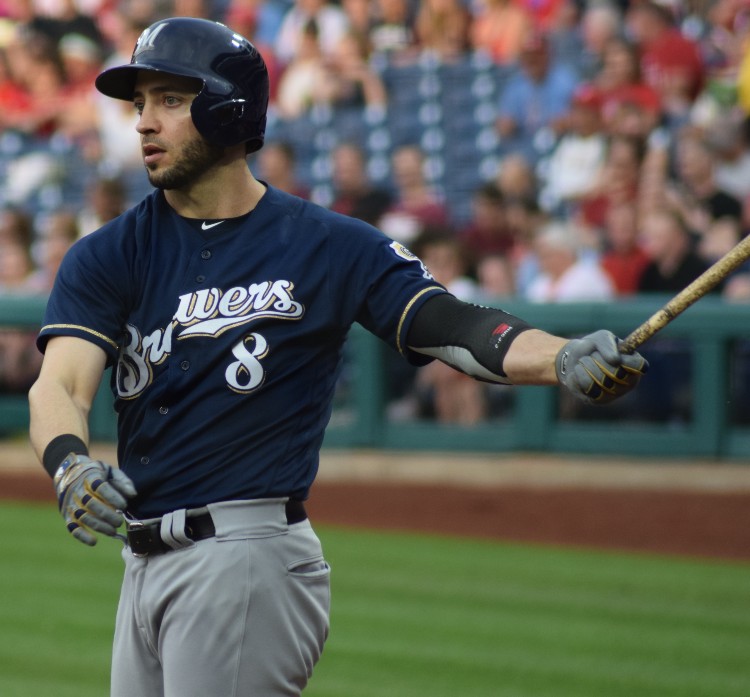
In 2013, Braun admitted to taking PEDs during his 2011 MVP season, which put the rest of his career in doubt. However, due to $18 million in deferred money from an extension he signed in 2011, Braun will be getting $1.8 million every year from 2022-2031.
And now, the following players fall into a category that’s equal parts fascinating and borderline offensive to them. These players will all make less than the long-retired Bobby Bonilla during the shortened 2020 season.
Dansby Swanson
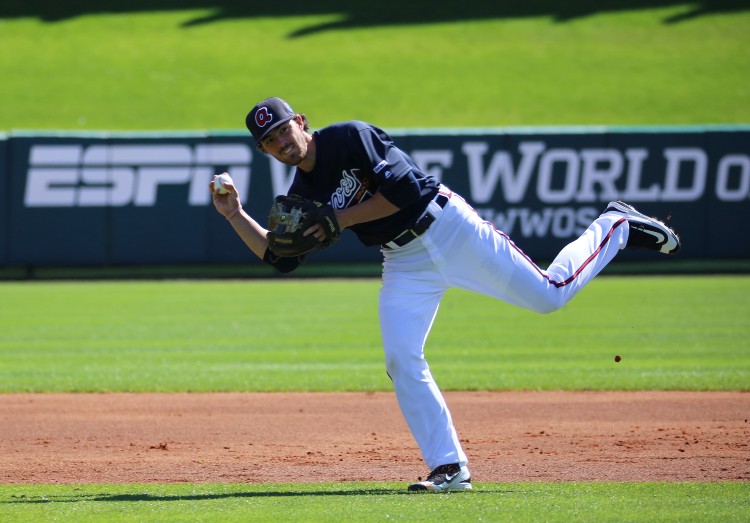
The young shortstop for the Braves would’ve made $3.15 million over a full season. His prorated salary will be approximately $1,165,500.
Swanson burst on to the scene in a big way this season. He had failed to live up to the hype as a number one draft pick in his first few seasons, but is putting together quite the stat line this time around. Where he used to find himself near the bottom of the order most nights, he has been bumped up to better spots in the lineup due to his play.
Kenta Maeda
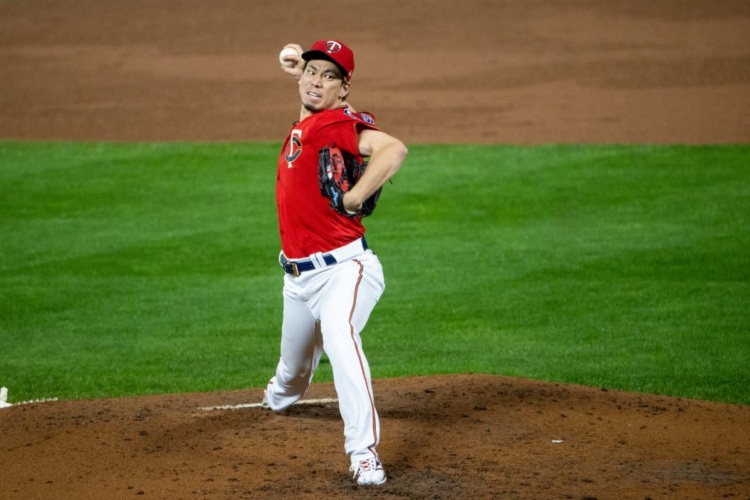
The starting pitching for the Twins would’ve made $3.125 million over a full season. His prorated salary will be approximately $1,156,250.
One of the biggest transactions this off-season, Maeda finds himself on another stacked team. He has rewarded the Twins with an outstanding season. In fact, he was only a few outs away from a no-hitter in one of his starts.
Byron Buxton
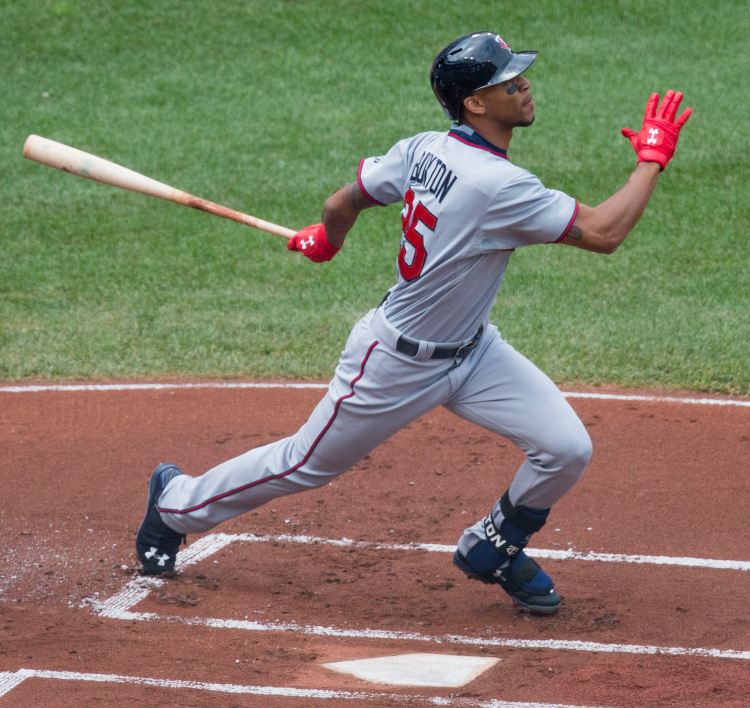
The oft-injured, but talented outfielder for the Twins would’ve made $3.075 million over a full season. His prorated salary will be approximately $1,137,750.
Buxton’s career has been a roller coaster. He has always been one of the most highly touted prospects in the game, yet has struggled and been hurt throughout much of his stints in the big leagues. He has gone on a couple of hot streaks over the years, but has never been consistent.
Mitch Moreland
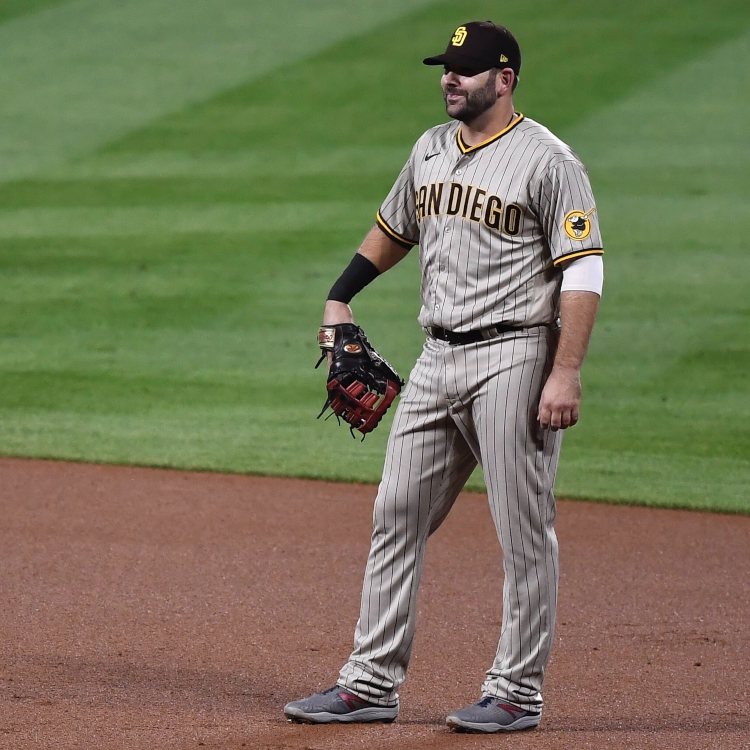
The recently traded first baseman for the Padres would’ve made $3 million over a full season. His prorated salary will be approximately $1,110,000.
Usually a platoon player, Moreland finds himself in an everyday role for the Padres, as Eric Hosmer managed to break his finger trying to bunt a ball. He is a righty-masher, but now has to try for success against lefties, too.
Michael Wacha
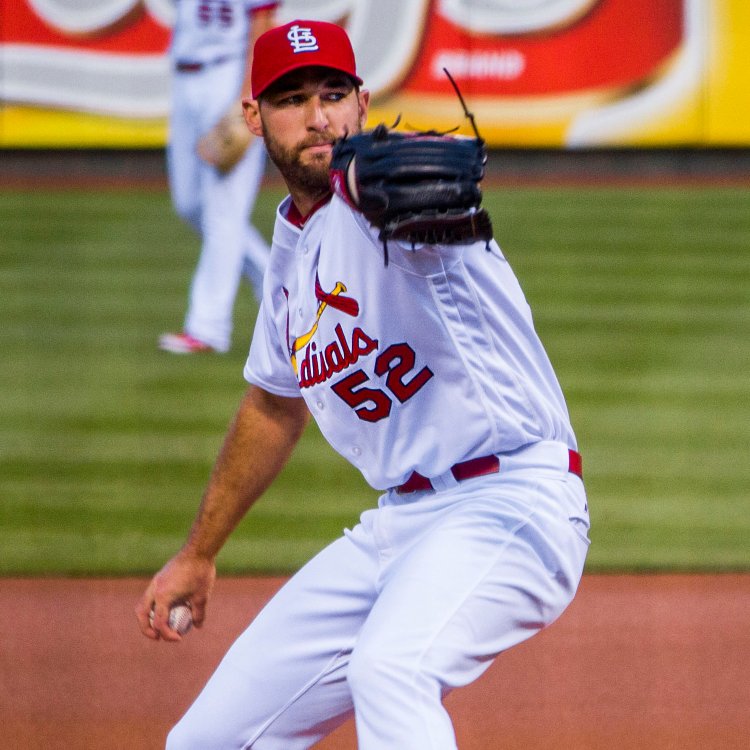
The starting pitcher for the Mets would’ve made $3 million over a full season. His prorated salary was approximately $1,110,000.
Wacha continues to try and match what he did with the Cardinals in the past. So far, he hasn’t had much luck with the Mets, as he has been yanked from his starts after only a few innings most times out.
Hunter Pence
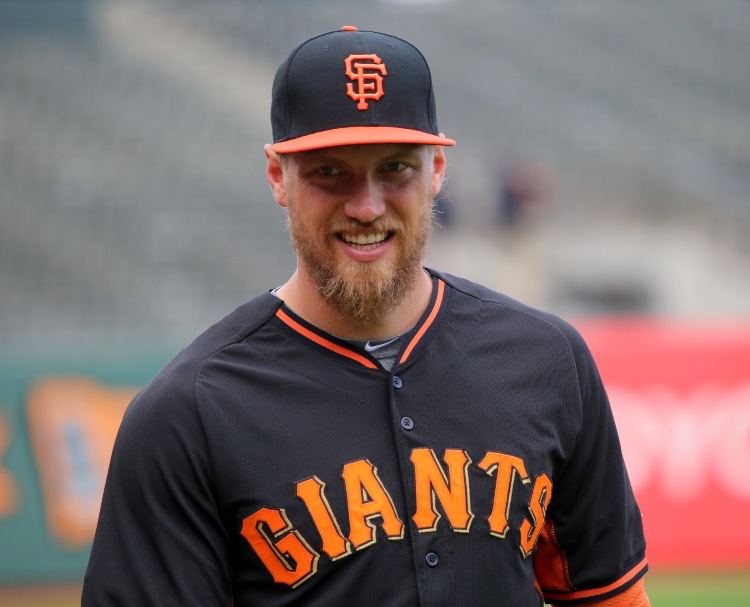
The World Series champion and current free agent would’ve made $3 million over a full season if he was still with the Giants. His prorated salary would’ve been approximately $1,110,000.
A fan favorite, the Giants brought back Pence for a reunion. However, it didn’t work out well, as he struggled at the plate and even blew a no hitter for his team when he lost a routine pop fly in the outfield earlier in the season.
Michael Fulmer
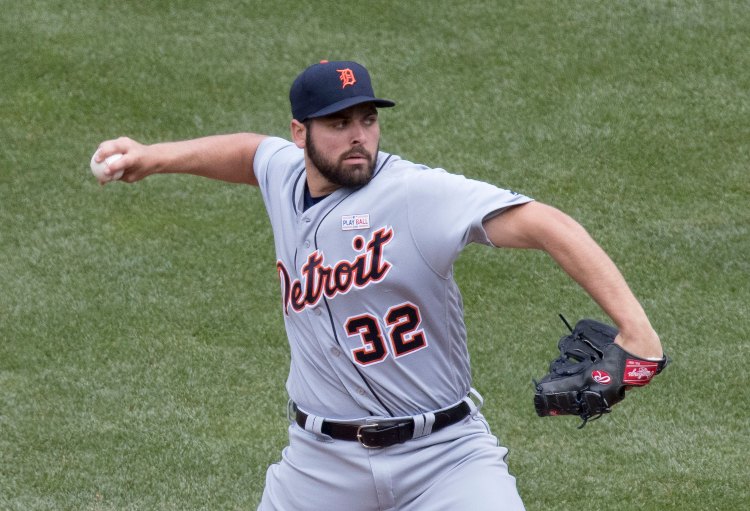
The starting pitcher for the Tigers would’ve made $2.8 million over a full season. His prorated salary in 2020 was approximately $1,036,000.
A mediocre pitcher on a subpar team, Fulmer has been beaten around this season. He’ll try to bring down his bloated stats in his last few starts.
Tommy Kahnle
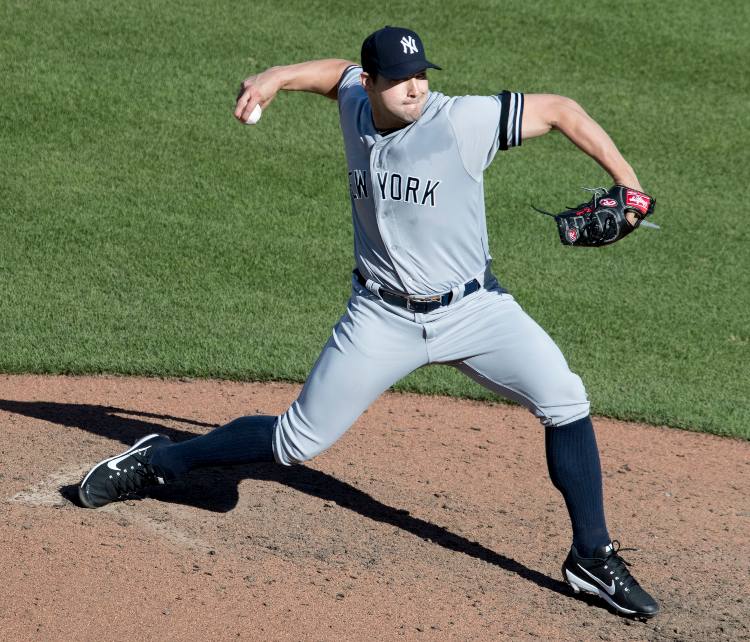
The relief pitcher for the Yankees would’ve made $2.65 million over a full season. His prorated salary in 2020 was approximately $980,500.
In hindsight, Kahnle probably wishes he opted out of this shortened season, as he blew out his elbow early on. Now recovering from Tommy John surgery, he won’t see the mound again for quite some time.
Gio Urshela
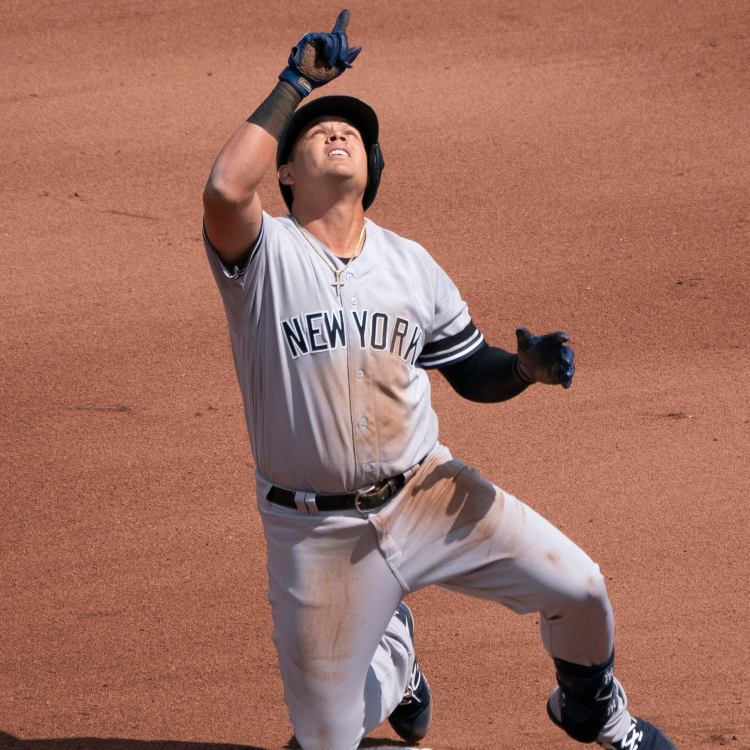
The third baseman for the Yankees would’ve made $2.475 million over a full season. His prorated salary for 2020 was approximately $915,750. Urshela earned the everyday third base job for the Yankees, hitting for both power and average. He was traded to the Minnesota Twins with Gary Sanchez at in March of 2022.
Want to see what might be an equally interesting category of player? Well, the following players are not only making less than Bobby Bonilla, they also lost out on amounts of money due to the shortened 2020 season that are more or less equal to Bonilla’s $1.19 million dollar payday…
Luke Jackson
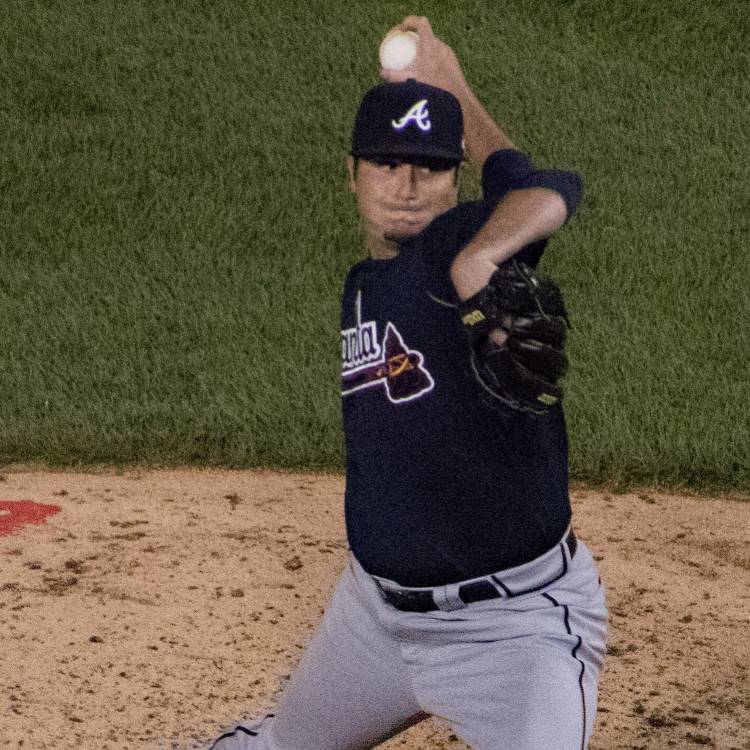
The reliever for the Braves has a prorated salary of approximately $675,250 and he will lose out on approximately $1,149,750 this year due to the shortened season.
Jackson actually secured the closer role last season with the Braves, but he was moved into a lower leverage role this year due to some other signings by the team. Unfortunately, he has not been as successful, either.
Pedro Strop
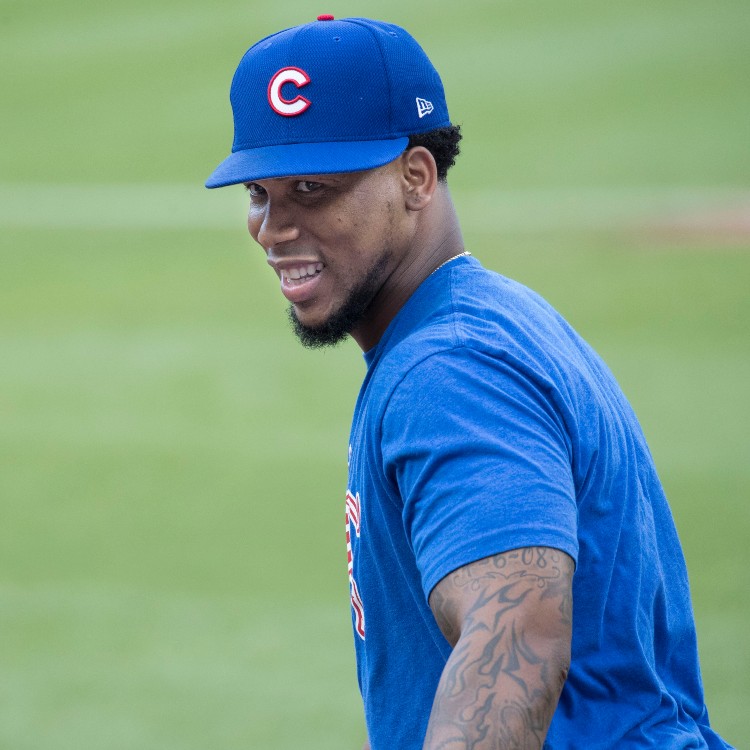
Strop had a contract with the Reds at the start of the season, but was released and recently signed with the Cubs. His initial contract with the Reds would’ve paid him a prorated salary of approximately $675,250 and he would’ve lost approximately $1,149,750 this year due to the shortened season.
Once as dominant as they come, Strop has bounced around recently. He hopes to rediscover his form back with the Cubs for a second stint. He’s currently at the alternate training site, but odds are he’ll contribute out of the major league bullpen down the stretch.
Tony Wolters
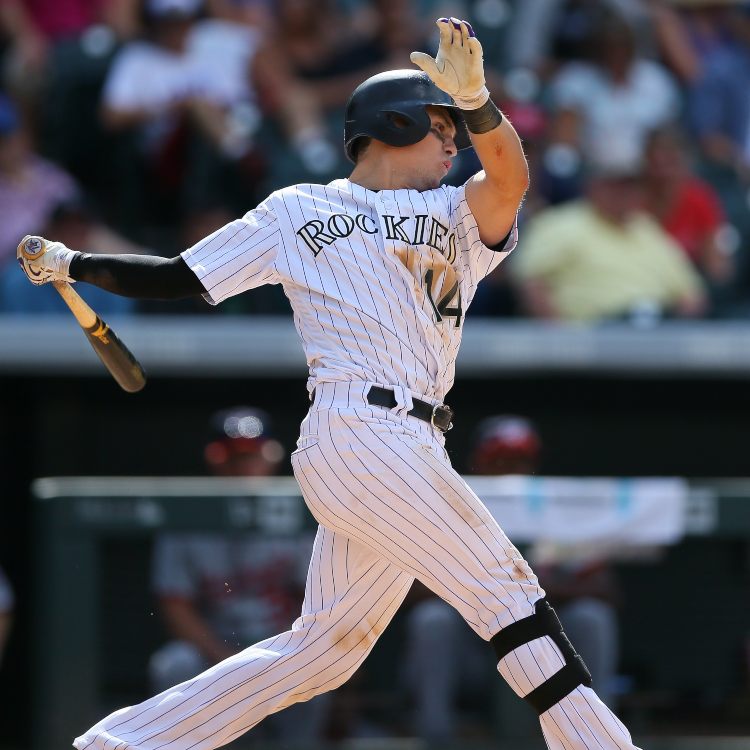
The catcher for the Rockies has a prorated salary of approximately $703,000 and he will lose out on approximately $1,197,000 this year due to the shortened season.
Wolters bats at or near the bottom of the order and isn’t having quite as good of a season as he’d like to. However, he has secured the starting catcher gig for the Rockies this year and is in the lineup most days, more so for his defense.
